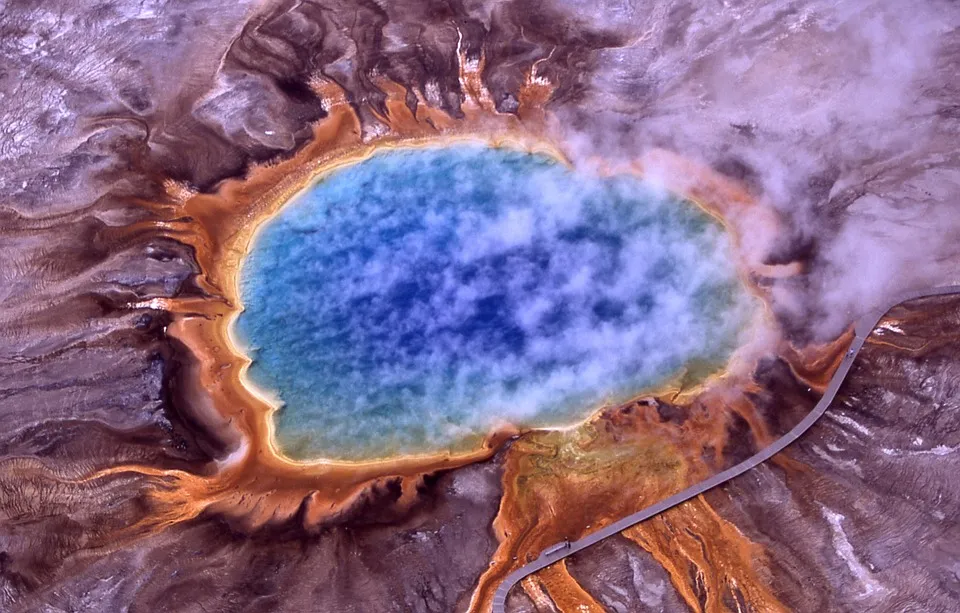US tourism destinations include unusual locations, iconic sites, and natural marvels. If you attend, be careful—some individuals have been in life-threatening circumstances.
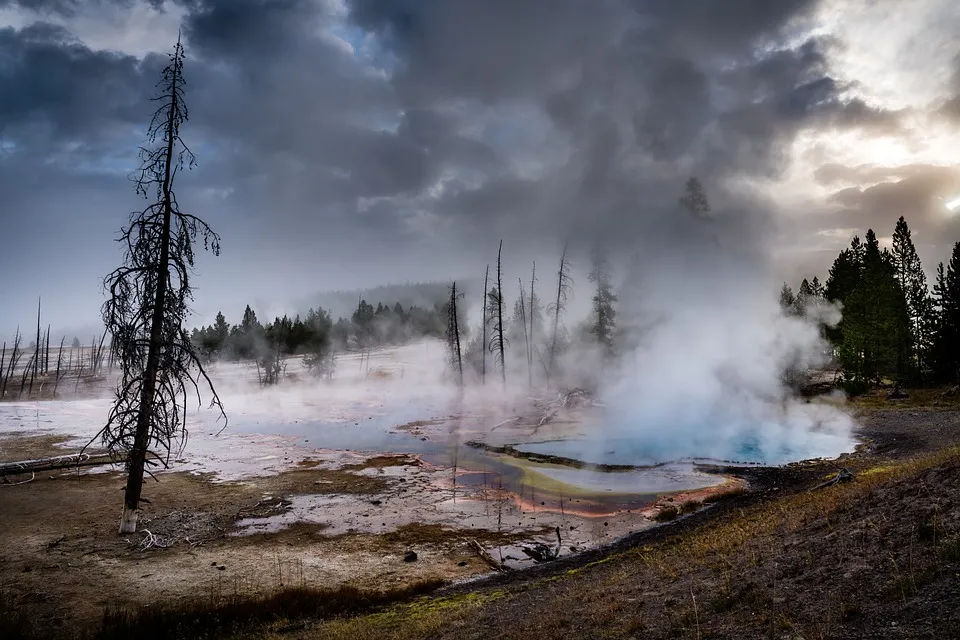
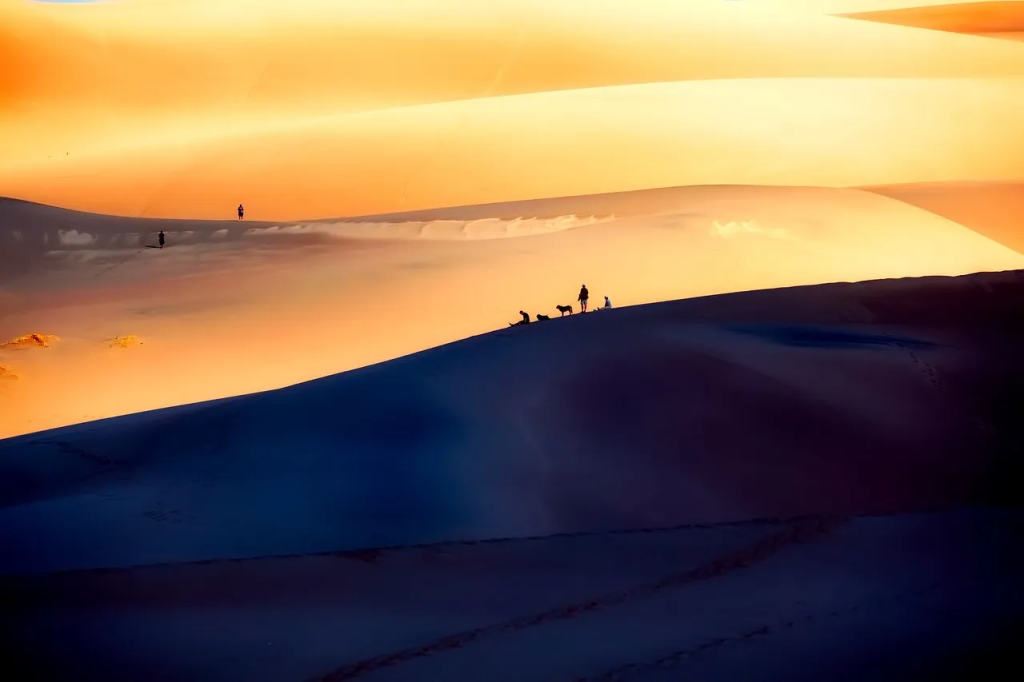
Yellowstone National Park’s rugged terrain and hot springs can injure visitors. Unpreparedness may kill, so don’t take it lightly. Tourists disregard warning notices about searing geysers and hot springs in Yellowstone. These can burn or kill. Be careful on steep walking paths, mountain climbing, and the park’s many water holes, where tragedies happen.
Great Sand Dunes National Park in Colorado boasts gorgeous trails and dunes, but poor weather is treacherous. Hot sand exceeding 150°F can cause burns, shoe damage, dehydration, and heatstroke. Slippery soil and falling rocks are also lethal hazards for hikers. This makes visiting tough.
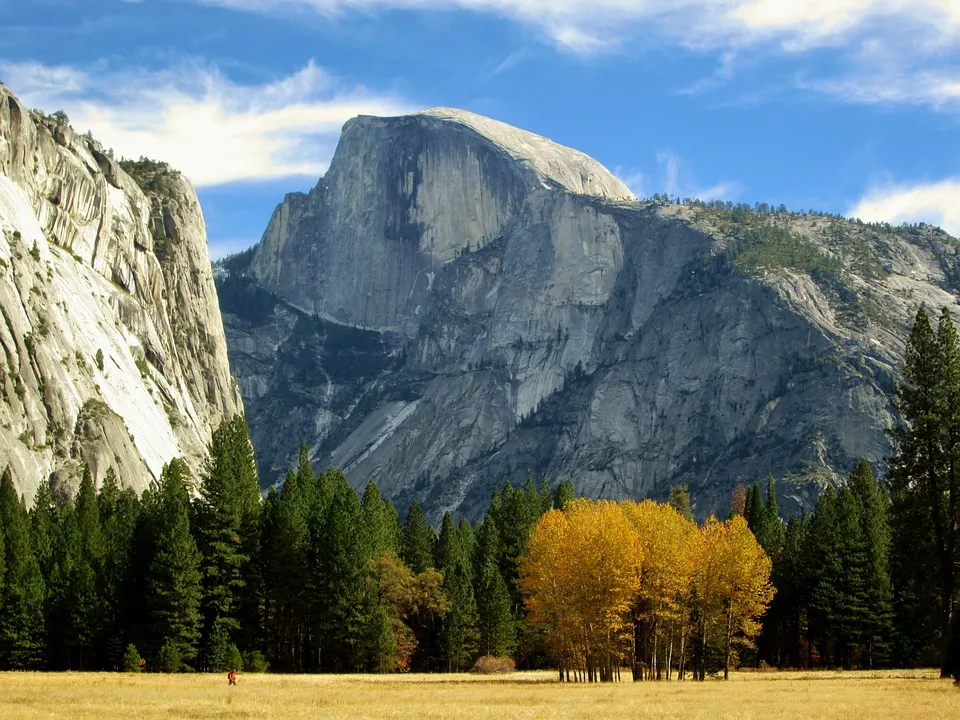
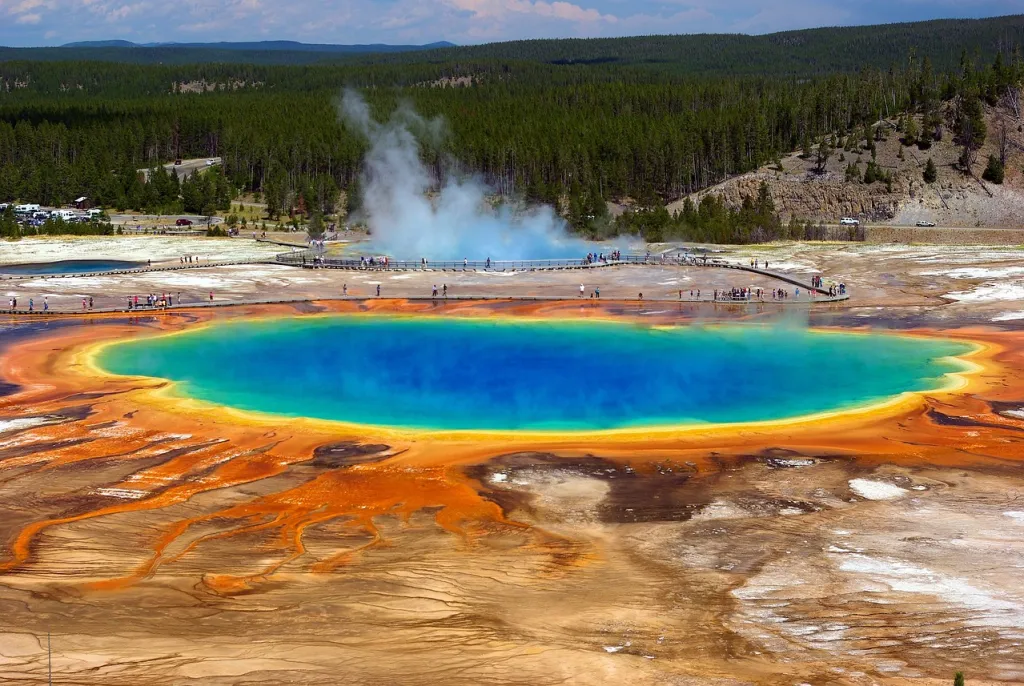
Long, steep treks to Half Dome in Yosemite National Park are difficult. Even though over 60 individuals perished there, millions visit the breathtaking sights. The trail’s cable wires can aid, but be careful. Climbers have amazing vistas of Yosemite Valley, making the trek unforgettable. Seeing Wyoming’s Grand Prismatic Spring Reading signage and following Park Rangers’ instructions will keep visitors safe at Spring Hot Spring. But the urge for the ideal Instagram photo has made individuals care less about safety, causing countless tragedies. Unfortunately, only individuals fell into the hot water.
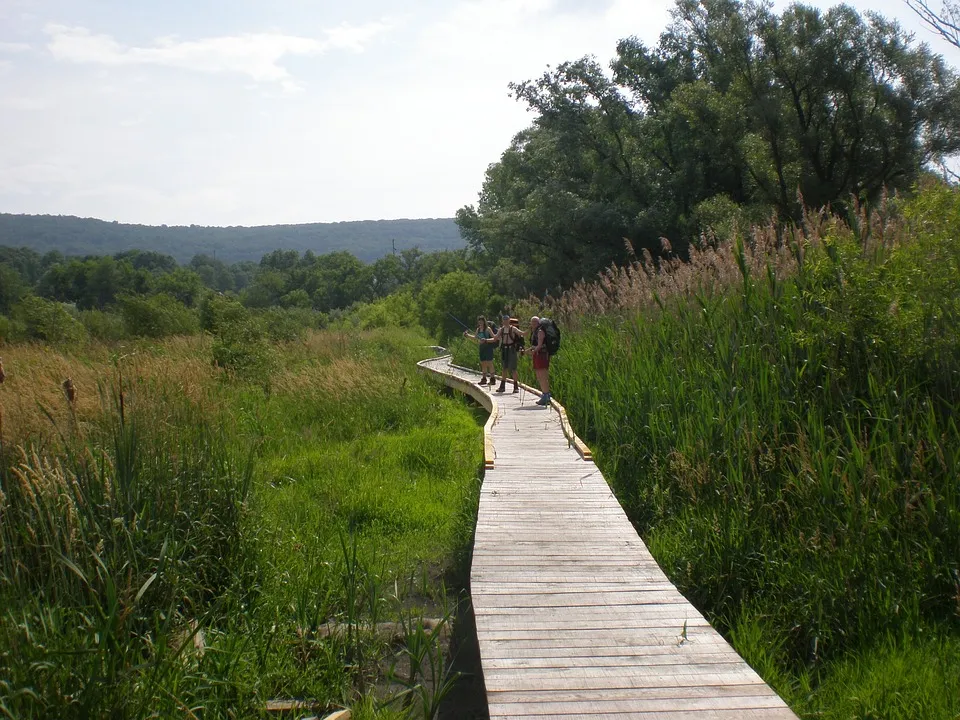
Hiking the Appalachian Trail takes 5–7 months and plenty of training. Due to local diseases, parasites, and bacteria, even a day’s journey can kill. Getting into your bloodstream can kill you or injure you for life.
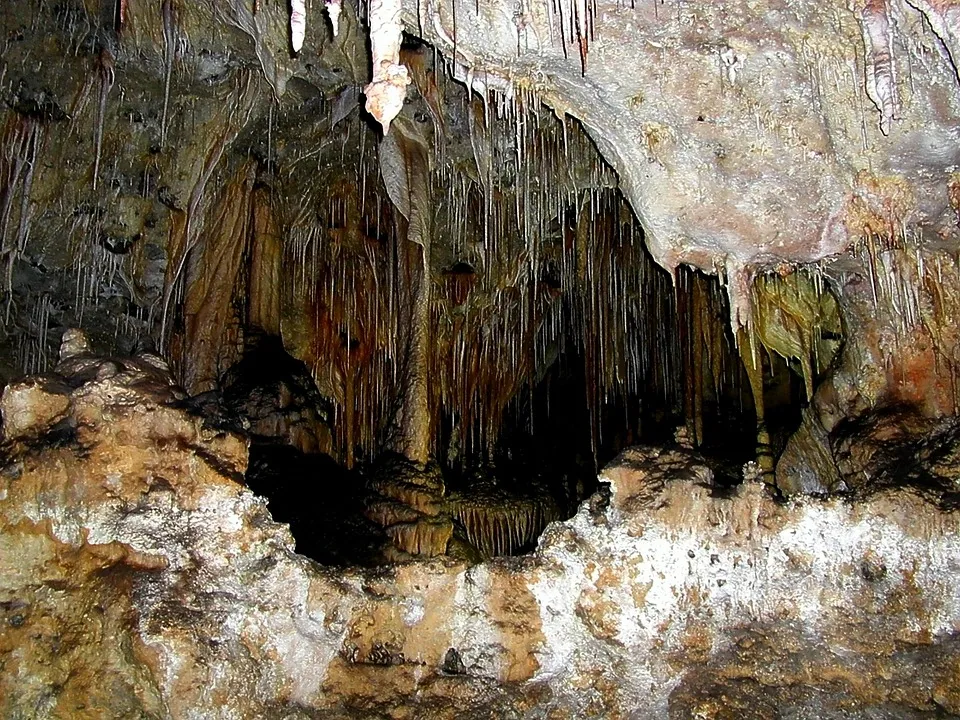
Carlsbad Caverns in New Mexico are notable for their icicle-like mineral strata. The caverns and bat flight/star parties draw thousands of visitors annually. A secret threat has surfaced. Amidst the many rooms, being lost isn’t a major concern. The release of harmful gases like radon, which cause deadly illnesses, is the biggest risk. These gases from deep inside the cave can make tunnel visitors ill.
